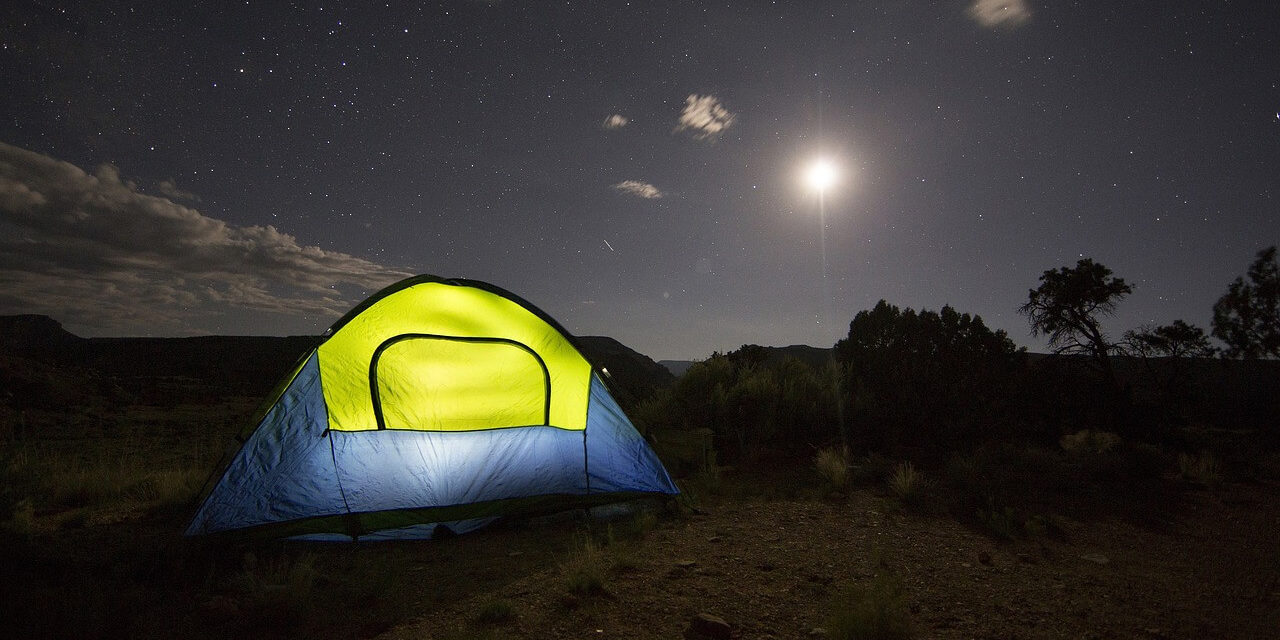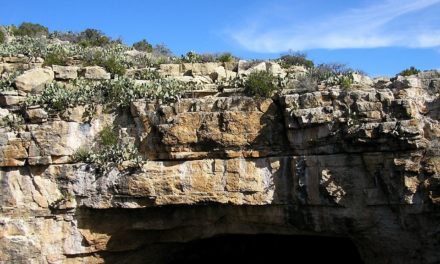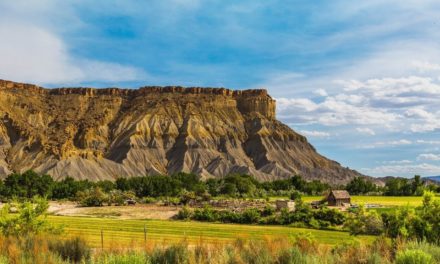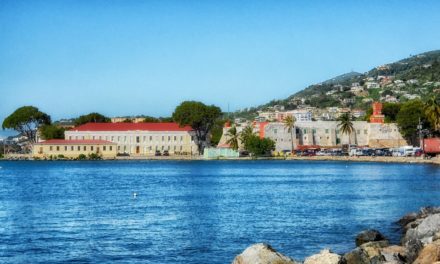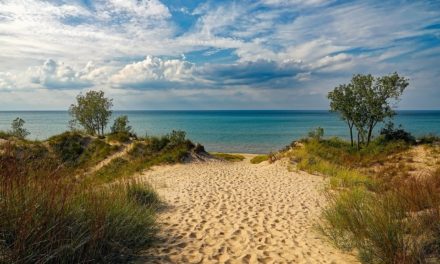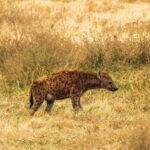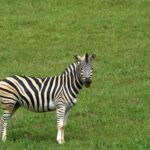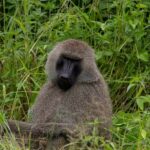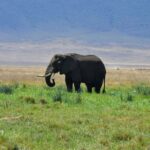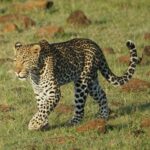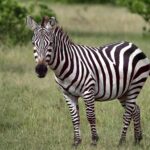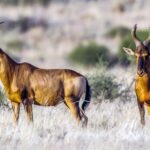Table of Contents
Overview / About the Park
Capitol Reef National Park sits in the heart of southern Utah, between Arches and Bryce Canyon. It’s known for its massive rock formations, hidden canyons, and a 100-mile wrinkle in the earth called the Waterpocket Fold, a geologic feature that gives the park its unique character.
The name “Capitol Reef” comes from the white sandstone domes that resemble capitol buildings and the steep cliffs early travelers called “reefs.”
Unlike its neighbors, this park feels quieter and less crowded. You can explore scenic drives, orchards, and desert trails without the rush of crowds, making it one of Utah’s best-kept secrets.
Wildlife & Nature
The park’s mix of desert, riparian zones, and cliffs supports an amazing variety of life. Look for mule deer, gray foxes, bighorn sheep, and the occasional mountain lion. Birdwatchers may spot peregrine falcons, golden eagles, and colorful western bluebirds. Vegetation varies with elevation, from pinyon pine and juniper forests to desert shrubs and cottonwoods along the Fremont River. In spring, the desert blooms with wildflowers, turning the red rock landscape into bursts of color.
Experiences & Activities
- Scenic Drive: The park’s 8-mile scenic drive passes red cliffs, canyons, and viewpoints like Panorama Point and Goosenecks Overlook.
- Hiking:
- Hickman Bridge Trail (2 miles), a must-do to see the park’s famous natural arch.
- Cassidy Arch Trail, a moderate hike with panoramic views.
- Capitol Gorge Trail, walk through a narrow canyon lined with pioneer inscriptions.
- Historic Fruita District: Stroll through orchards planted by Mormon settlers in the 1800s. You can still pick fruit in season, apples, peaches, and cherries.
- Photography: The combination of domes, cliffs, and deep canyons makes this park a photographer’s dream, especially at sunrise and sunset.
- Stargazing: As a Gold Tier International Dark Sky Park, Capitol Reef offers some of the best night skies in Utah.
Best Time to Visit
Visit between March and June or September and October for mild temperatures and clear skies. Summer can be hot, often above 95°F (35°C), while winter brings cold nights and fewer visitors. Spring and fall are best for hiking, photography, and fruit picking in the Fruita orchards.
How to Reach & Park Entry
- Location: Central Utah, near the town of Torrey.
- Nearest airports: Canyonlands Field Airport (CNY) in Moab (2.5 hours) or Salt Lake City International Airport (SLC), about 4 hours away.
- By car: Drive along Highway 24, which runs through the park and connects to major Utah routes.
- Entry fee: $20 per vehicle, valid for seven days. Annual passes and the America the Beautiful Pass are accepted.
Where to Stay / Camping Options
- Fruita Campground: The park’s main campground near the visitor center, with shaded sites and river access (reservations recommended).
- Backcountry Camping: Available with a free permit for those who prefer solitude and remote landscapes.
- Nearby stays: The town of Torrey offers cozy lodges, motels, and a few boutique stays with red rock views.
Travel Tips / Safety Notes
- Carry plenty of water and snacks, refill stations are limited.
- Flash floods can occur after rain; avoid slot canyons during storms.
- Wear sturdy footwear for uneven trails and loose rock.
- Respect private orchards and pick fruit only when permitted.
- Cell service is limited, download maps before you go.
- Leave no trace and avoid stepping on fragile desert plants or soil crusts.
Packing List
- Reusable water bottles or hydration pack
- Sturdy hiking shoes or boots
- Hat, sunglasses, and sunscreen
- Snacks or trail food
- Lightweight clothing and warm layers
- Map or offline navigation app
- Camera and tripod
- Flashlight or headlamp for stargazing
- First-aid kit
Visitor Statistics
Capitol Reef welcomes about 1.3 million visitors per year. It’s less crowded than Arches or Zion, offering a more peaceful desert experience. Most visitors spend a day exploring Fruita and the scenic drive, but the backcountry draws hikers and campers seeking solitude.
Conservation & Responsible Tourism
Capitol Reef protects unique desert ecosystems and cultural history, including ancient Fremont petroglyphs and pioneer orchards.
Visitors can help by:
- Staying on marked trails and not touching rock art.
- Conserving water and minimizing waste.
- Supporting local initiatives that maintain trails and orchards.
- Respecting wildlife and keeping noise low in natural areas.
Capitol Reef is a place to slow down, to hike under wide skies, taste fruit from old orchards, and feel the quiet power of Utah’s red rock country.

